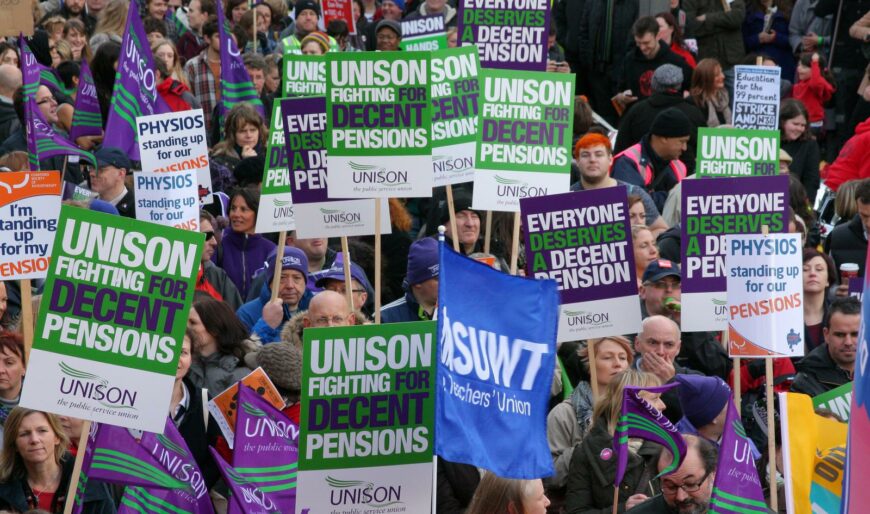Unions remain very relevant to UK economic life and continue to have an important role to play in raising pay and working conditions. HPC Director Luke Hildyard discusses UK trade union statistics

It is widely recognised that trade unions are crucial to achieving economic equality. Unions enhance the negotiating power of generally lower- and middle-earning workers and help them to achieve a larger share of the revenue created by businesses relative to top earners and the business owners. The rise in the share of total incomes captured by the richest 1 per cent in the 1980s and 1990s strongly correlates with the decrease in trade union membership.
New Government data on union membership has revealed that the proportion of UK workers in a union increased from 22.2% to 22.4% (about 90,000 workers) in 2023, driven by a rise in private sector union membership. The trade union pay premium also increased to 4.2%, highlighting the enhanced bargaining power that unions give their members.
Union membership remains very low by historical standards and membership rates amongst younger workers, lower earners and those with lower levels of education are all below the national average.
At the same time, the headline figures mask some interesting variations. In Wales, Northern Ireland and Scotland around a third of all workers are union members. Union density across the UK rises to 29% when looking only at organisations with 50+ employees. The proportion of workers whose pay is set as part of a collective bargaining agreement is 39%, and there is a trade union presence in around half of workplaces.
So unions remain very relevant to UK economic life and continue to have an important role to play in raising pay and working conditions.